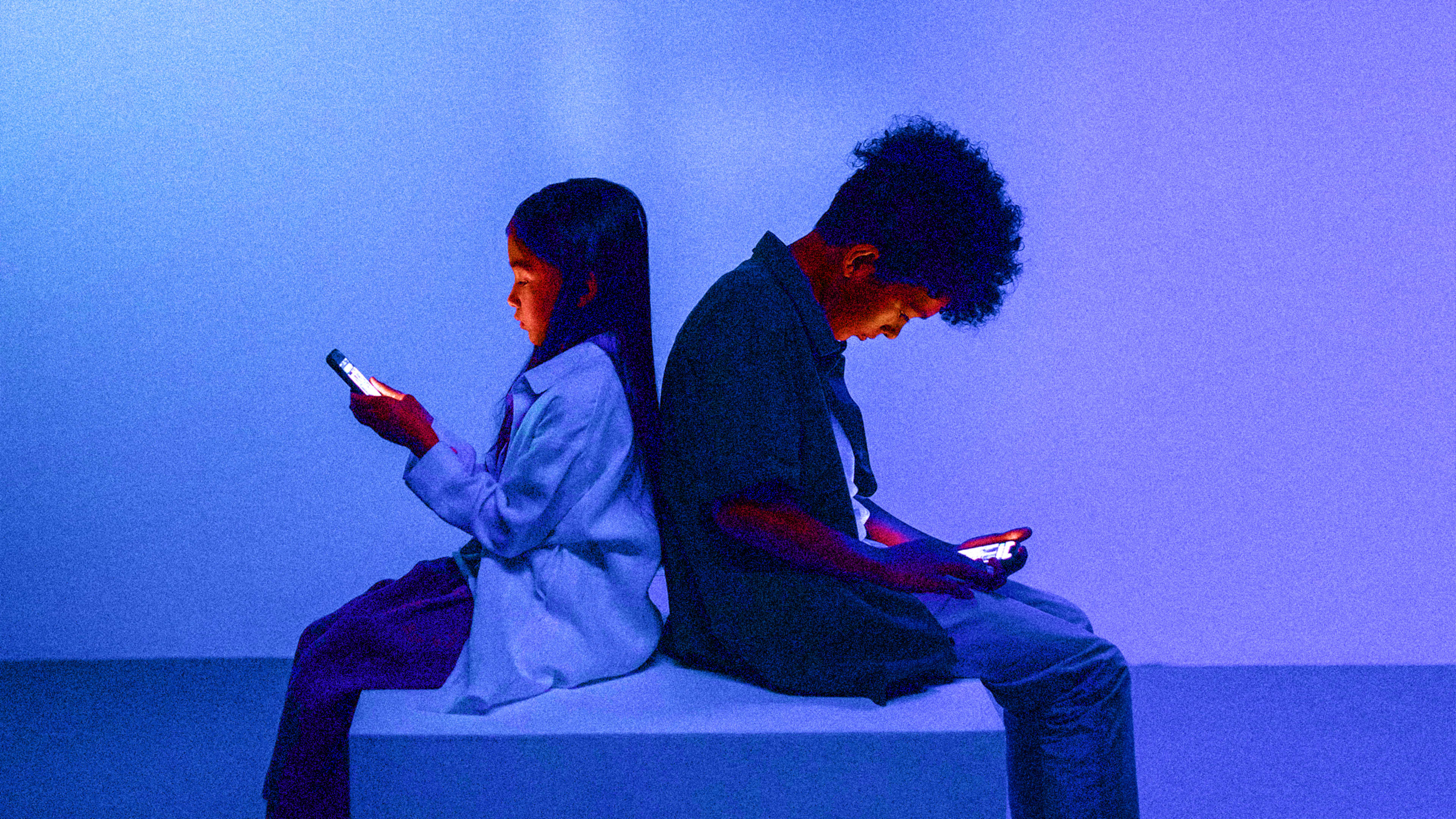The average age of internet users and device owners is only getting younger, with at least 33% of 12 year olds in the U.S. already owning phones. Moreover, 12% of toddlers first experience with a phone is between the ages of 1 and 2! This generation of mini-techies can probably be explained in several sociological ways. As devices evolve, older versions become more affordable, so it’s becoming increasingly mainstream for families to own a number of connected devices. Screens are also becoming the inevitable “babysitter” for a lot of busy parents.
With this in mind, we must prioritize online safety and cybersecurity for young people.
Government legislation to protect kids online
To combat online safety concerns, including cyberbullying, self-harm, and online predators, more government agencies are clamping down on websites and apps that can cause potential harm. There are plenty of apps that parents, educators, and legislators would love to see banned completely; however, banning is not the answer. We need to make what’s out there safe to use.
Some elected officials are beginning to take stands, which is promising. Recently in the U.S., California’s Governor Newsom signed the first bill in the country protecting children’s online data and privacy. Additionally, government agencies are taking constructive action. One year after Meta reportedly hid research proving the mental and emotional harm that Instagram is having on kids, the Federal Trade Commission (FTC) pushed back against them to enact change.
While many countries around the world are beginning to pass laws to protect children online and hold social media companies accountable for the content on their platforms, it’s unfortunately not enough. There continue to be daily headlines around the world of cyberbullying, suicide, and dangerous trends that are being followed by kids. More action is needed and it must happen immediately.
Education about online safety
Young people must understand internet safety and proper etiquette before they start using it. They need to be aware of the possible risks so that they will not engage in any dangerous activities. Some of the risks are more obvious, like strangers engaging with kids online. However, some are more nuanced, like cyberbullying or body image issues derived from social media.
Encouragingly, some companies and non-profit organizations have started using tech to help kids understand these risks. Google’s Be Internet Awesome program or the NPO Cyber Angels are great examples of this, showing that parental control tech, whether it be for desktop or mobile, is on the much-needed rise.
Additionally, the app companies themselves have added their own variations. TikTok announced that it is creating a tool so parents can block their kids from accessing content with specific hashtags or keywords, while Instagram expanded its parental control components to include a “Quiet Mode” feature to encourage users to take a break from screen time.
Parental control apps
Parental control apps are one of the best online safety tools for young people. A good parental control app will address the concerns mentioned above that affect online safety. Most apps allow you to block unknown contacts from reaching your child, prevent dangerous apps from being used, and monitor whether offensive language is being used. In my home, we use the FamilyKeeper parental control app to provide solutions to these issues.
But it’s not just about blocking young users from accessing certain apps and sites. The idea behind a parental control app is to provide this population with the tools to safely navigate the digital world. Like training wheels on a bike, the premise is that your kids can learn what is and isn’t acceptable online in terms of speech, behavior, etiquette, and activity until they are experienced enough to manage without.
Understandably, a toddler’s needs don’t match those of a teenager. But privacy settings, screen-time monitoring, geolocation alerts, and app blocking can all be adapted to the age of your child and their needs.
Final thoughts
In much the same way as you may research the best VPN or which antivirus software to install, take the time to learn about online safety for the little people in your life, and what cybersecurity measures are available to them.
Families should be able to make informed decisions about which apps and sites are age appropriate, and which apps and sites may enhance your child’s wellbeing, social life, or educational horizons. Families should also be able to make informed decisions about which ones should be avoided at all costs.
Stay current with the latest online safety recommendations from government agencies, educational institutions, and cyber tech leaders. Working together, all these factions of society can help bring about cyber safety for future generations.
Andrew Newman is founder and CTO of ReasonLabs.
Recognize your brand’s excellence by applying to this year’s Brands That Matter Awards before the early-rate deadline, May 3.
